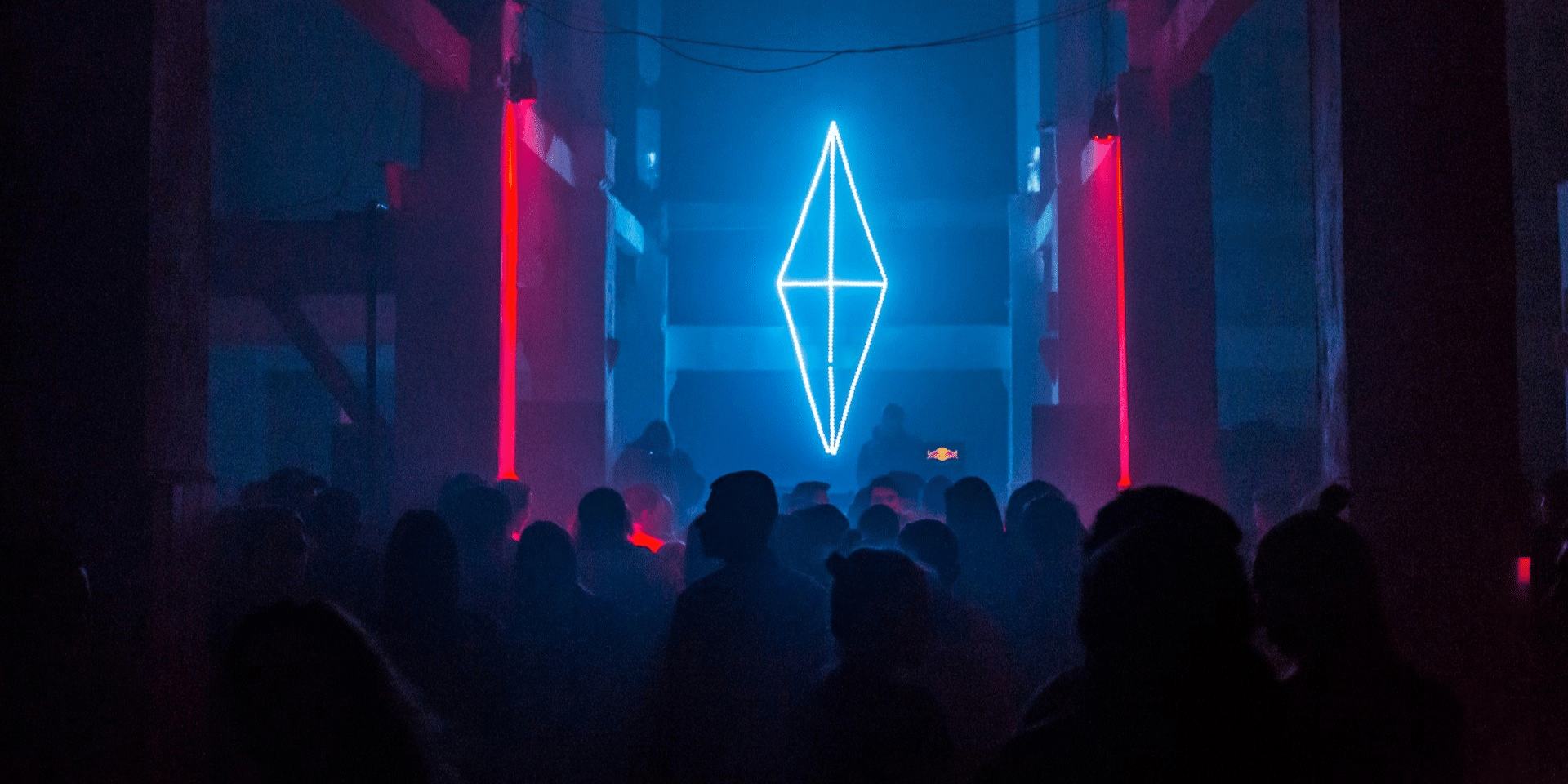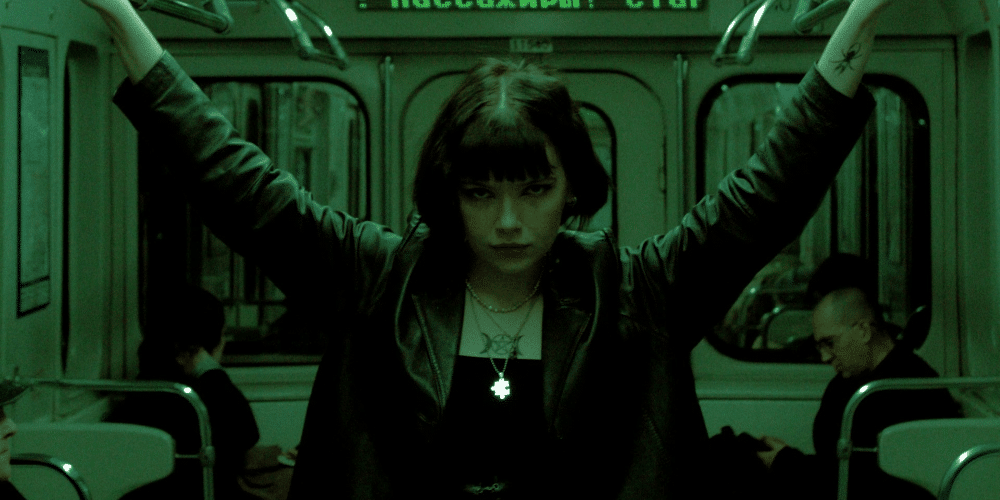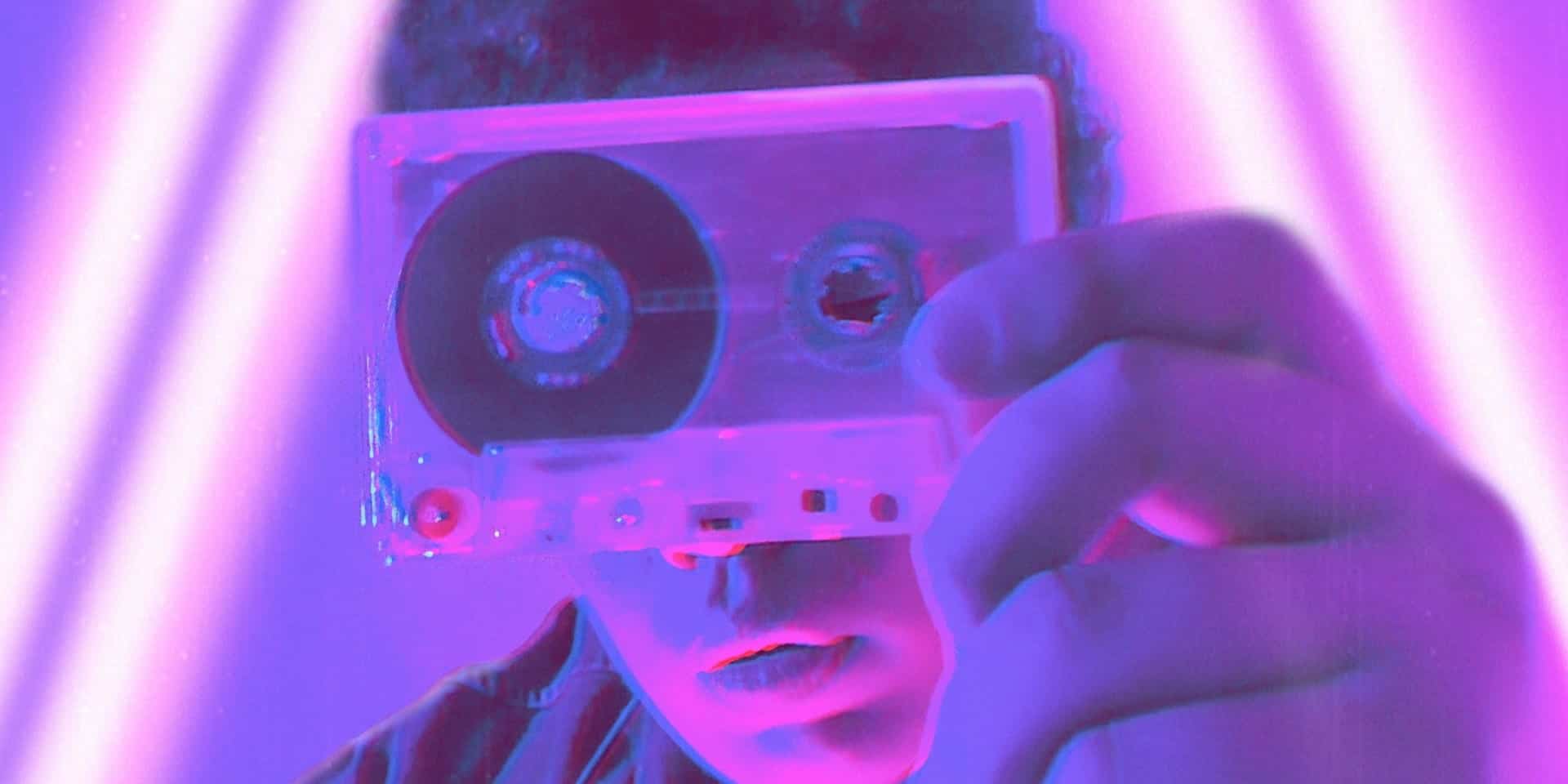Electronic Dance Music (EDM) experienced a meteoric rise in popularity during the 2010s, captivating audiences around the world with its infectious beats, pulsating rhythms, and electrifying energy. From festival stages to club dance floors, EDM became synonymous with youth culture, nightlife, and the spirit of celebration. However, as the decade drew to a close, the landscape of EDM began to shift, leading to questions about its future direction and enduring legacy. In this article, we’ll explore the rise and fall of EDM in the 2010s, from its explosive growth to the challenges it faced along the way.
The Rise of EDM
The 2010s marked a watershed moment for EDM, as the genre exploded into the mainstream consciousness, propelled by a wave of chart-topping hits, sold-out festivals, and viral dance crazes. Artists such as David Guetta, Calvin Harris, Avicii, and Skrillex became household names, dominating the airwaves with their infectious anthems and genre-defying collaborations. EDM festivals like Ultra Music Festival, Electric Daisy Carnival (EDC), and Tomorrowland drew massive crowds of fans from around the globe, transforming the live music experience into a spectacle of lights, lasers, and bass drops.
Mainstream Success
EDM’s mainstream success during the 2010s was fueled in part by its crossover appeal, as artists collaborated with pop stars, hip-hop artists, and other genres to create chart-topping hits that dominated radio playlists and music charts. Tracks like “Titanium” by David Guetta featuring Sia, “Wake Me Up” by Avicii, and “Where Are Ü Now” by Skrillex and Diplo featuring Justin Bieber became ubiquitous anthems, blurring the lines between electronic dance music and mainstream pop culture.
The Festival Boom
One of the defining features of the EDM phenomenon in the 2010s was the explosion of music festivals dedicated to the genre, offering fans an immersive experience unlike any other. Festivals like Ultra Music Festival in Miami, EDC in Las Vegas, and Tomorrowland in Belgium attracted hundreds of thousands of attendees each year, creating a sense of community, camaraderie, and shared euphoria among fans of electronic music. The festival circuit became a rite of passage for EDM enthusiasts, who traveled far and wide to dance, connect, and celebrate the music they loved.
Commercialization and Criticism
As EDM reached new heights of popularity in the 2010s, it also faced criticism and backlash from some quarters, who accused the genre of being overly commercialized, formulaic, and lacking in artistic depth. Critics pointed to the rise of “EDM bros” and “mainstage culture,” characterized by excessive drinking, drug use, and a focus on spectacle over substance. Some artists and fans lamented the loss of underground authenticity and DIY ethos that had defined electronic music culture in earlier decades, raising questions about the commercialization and commodification of EDM in the mainstream music industry.
Changing Tides
Towards the end of the 2010s, the landscape of EDM began to shift, as trends and tastes evolved, and new genres and subgenres emerged to challenge its dominance. The rise of genres like trap, future bass, and tropical house brought fresh sounds and perspectives to the electronic music scene, diversifying the sonic palette and expanding the boundaries of what was possible within the genre. At the same time, EDM festivals faced growing competition from other festivals catering to different genres and demographics, leading to questions about the sustainability of the EDM festival model in an increasingly crowded and competitive market.
The Future of EDM
As we look to the future, the fate of EDM remains uncertain, with some predicting a continued decline in mainstream popularity, while others see opportunities for innovation and reinvention. Artists and producers continue to experiment with new sounds, technologies, and performance formats, pushing the boundaries of electronic music and exploring new ways to engage with audiences in the digital age. While the era of EDM’s dominance may have peaked in the 2010s, its influence and legacy continue to reverberate throughout the music industry, shaping the sounds and sensibilities of a new generation of artists and fans.
In conclusion, the rise and fall of EDM in the 2010s is a testament to the genre’s enduring impact on music culture and nightlife around the world. From its humble beginnings in underground clubs to its meteoric rise to mainstream prominence, EDM captured the hearts and minds of millions of fans, leaving an indelible mark on the global music landscape. While the future of EDM may be uncertain, its legacy as a symbol of youth culture, celebration, and unbridled energy will continue to resonate with audiences for years to come, ensuring its place in the annals of music history.







